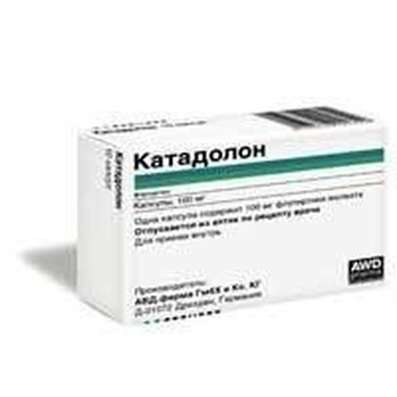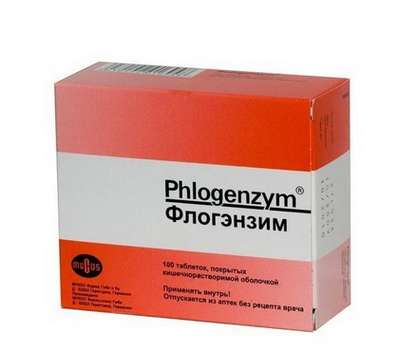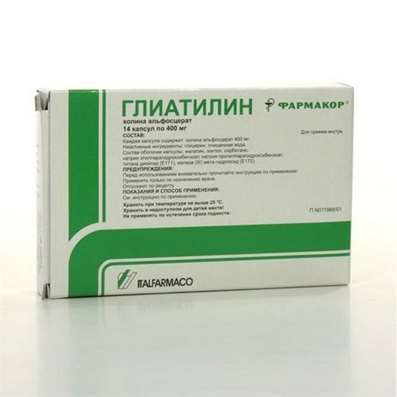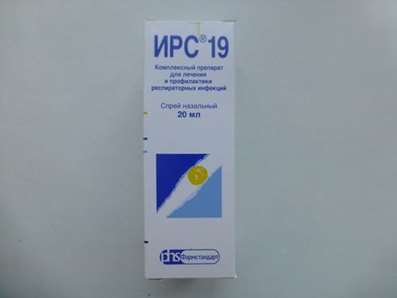Instruction for use: Jintropin
I want this, give me price
ATX Code H01AC01 Somatropin
Active substance: Somatropin
Pharmacological group
Growth hormone [Hormones of the hypothalamus, pituitary gland, gonadotropins and their antagonists]
Nosological classification (ICD-10)
E34.3 Low-growth [dwarfism], not elsewhere classified
Growth retardation, Growth retardation in children, Dwarfism, Nanism hypophyseal, Inadequate endogenous growth hormone, Growth Hormone Deficiency, Pituitary Nanism, Low height, Growth disorder, Disturbance of the growth process, Pituitary dwarfism, Disruption of endogenous hormone secretion with growth retardation, Growth disorders, Naniz disproportionate, Nanism associated with external factors
N18 Chronic Renal Failure
Congestive kidney failure, Renal failure chronic, Chronic Renal Failure, CRF, Chronic kidney failure in children
Q96 Turner Syndrome
Turner syndrome, Gonadal Dysgenesis, Mixed gonadal dysgenesis, Shereshevsky-Turner Syndrome
Composition
Lyophilizate for the preparation of a solution for subcutaneous administration 1 vial.
active substance:
Somatropine 1.33 mg (4 IU)/ 3.33 mg (10 IU)
Auxiliary substances: mannitol - 20/40 mg; Glycine - 0.7 / 1.4 mg; Sodium dihydrogen phosphate 1.5 / 1.5 mg; Sodium chloride - 0.5 / 0.5 mg
Solvent: water for injection - 1 ml
Description of dosage form
Lyophilizate: mass or powder white or white with a yellowish hue.
Solvent: colorless, transparent, odorless liquid.
pharmachologic effect
Pharmacological action - somatotropic.
Pharmacodynamics
The drug JintropinŽ is a genetically engineered growth hormone. Stimulates skeletal and somatic growth, and also has a pronounced effect on metabolic processes. Stimulates the growth of the bones of the skeleton, affecting the plate epiphysis tubular bones, bone metabolism. Promotes the normalization of body structure by increasing muscle mass and reducing body fat. In patients with growth hormone deficiency and osteoporosis, substitution therapy results in normalization of mineral composition and bone density. Increases the number and size of cells of muscles, liver, thymus gland, gonads, adrenals, thyroid gland. Stimulates the transport of amino acids into the cell and the synthesis of proteins, reduces the level of cholesterol, affecting the profile of lipids and lipoproteins. Suppress the release of insulin. Promotes the retention of sodium, potassium and phosphorus. Increases body weight, muscle activity and physical endurance.
Pharmacokinetics
Absorption of somatropin after SC administration is 80%, Cmax in blood plasma is reached after 3-6 hours. It penetrates into well perfused organs. Metabolized in the kidney and liver. Vd of somatropin - 0,49-2,11 l / kg. It is excreted by the kidneys and with bile (including 0.1% unchanged). T1 / 2 after the SC administration is 3-5 hours.
Indications
Growth retardation in children due to insufficient growth hormone secretion, gonadal dysgenesis (Shereshevsky-Turner syndrome), chronic renal failure (decreased kidney function by more than 50%) in the prepubertal period.
In adults with confirmed congenital or acquired growth hormone deficiency as a substitute therapy.
Contraindications
Hypersensitivity;
Malignant neoplasms;
Active brain tumors;
Urgent conditions (including conditions after operations on the heart, abdominal cavity, acute respiratory failure);
pregnancy;
Breastfeeding (at the time of treatment, you must stop breastfeeding).
With caution: diabetes, intracranial hypertension, hypothyroidism.
Side effects
Increased ICP (headache, nausea, vomiting, impaired vision), decreased thyroid function, hyperglycemia, leukemoid reactions, epiphysis of the head of the femur, fluid retention with development of peripheral edema, arthralgia, myalgia, tunnel syndrome. Symptoms are, as a rule, transient, dose-dependent, may require a dose reduction.
Allergic reactions: skin rash, itching.
Rarely - the formation of antibodies to the drug with a decrease in its effectiveness.
Local reactions: hyperemia, swelling, pain, itching, lipoatrophy at the injection site.
The following side effects are described in the literature with the use of somatropin drugs: weakness, fatigue, gynecomastia, edema of the optic nerve (usually observed during the first 8 weeks of treatment, most often in patients with Shereshevsky-Turner syndrome), pancreatitis (abdominal pain, nausea, Vomiting), otitis media and hearing impairment (in patients with Shereshevsky-Turner syndrome), subluxation of the hip in children (limping, pain in the thigh and knee), acceleration of the growth of the previously existing nevus (malignancy is possible), progression Scoliosis (in patients with excessively rapid growth), an increase in the content of inorganic phosphate, parathyroid hormone and alkaline phosphatase activity in the blood.
Interaction
GCS reduces the stimulating effect of somatropin on growth processes. The effectiveness of the drug (with respect to final growth) may also be influenced by concomitant therapy with other hormones, for example gonadotropin, anabolic steroids, estrogens and thyroid hormones.
Dosing and Administration
PC. JintropinŽ is administered slowly, 1 time per day, usually at night. It is necessary to change the injection site to prevent the development of lipoatrophy.
Dissolve the contents of the vial is recommended in 1 ml of the supplied solvent, based on the calculated dose. To do this, take the solvent with a syringe and inject it into the vial with the drug through a stopper. Gently shake until the contents of the vial are completely dissolved. Sharp shaking is unacceptable. The prepared solution is stored in the vial for no more than 2 weeks at a temperature of 2 to 8 ° C.
Doses are selected individually, taking into account the severity of growth hormone deficiency, mass or body surface area, the effectiveness in the therapy process.
In children with insufficient secretion of growth hormone, a dose of 25-35 μg / kg / day (0.07-0.1 IU / kg / day) is recommended, which corresponds to 0.7-1 mg / m2 / day (2-3 IU / M2 / day). Treatment begins as early as possible and continues until puberty and / or until the bone growth zones are closed. It is possible to stop treatment when the desired result is achieved.
In the case of Shereshevsky-Turner syndrome, a dose of 50 μg / kg / day (0.14 IU / kg / day) is recommended for children with CRF in children accompanied by growth retardation, which corresponds to 1.4 mg / m2 / day (4.3 IU / M2 / day). If the dynamics of growth is insufficient, a dose adjustment may be required.
With a deficiency of growth hormone in adults, the initial dose is 0.15-0.3 mg / day (corresponding to 0.45-0.9 IU / day), followed by an increase, depending on the effect. When titrating the dose, IGF-1 serum level can be used as a reference. The maintenance dose is selected individually, but does not exceed, as a rule, 1 mg / day, which corresponds to 3 IU / day.
Elderly, lower doses are recommended.
Overdose
Symptoms: Acute overdose may lead to hypoglycemia first, and then to hyperglycemia. With prolonged overdose, signs and symptoms characteristic of excess human growth hormone, the development of acromegaly and / or gigantism, as well as the development of hypothyroidism, a decrease in the level of cortisol in the serum can be noted.
Treatment: withdrawal of the drug, symptomatic therapy.
special instructions
Against the background of treatment with JintropinŽ, it may be necessary to correct dosages of hypoglycemic drugs in diabetic patients, manifestation of latent hypothyroidism may occur, and in patients receiving thyroxine, signs of hyperthyroidism may appear. During treatment, it is necessary to monitor the condition of the fundus, especially with symptoms of intracranial hypertension. Edema of the optic nerve requires withdrawal of the drug. Detection of lameness on the background of therapy with somatropin requires careful observation. It is necessary to change the location of SC injections in connection with the possibility of developing lipoatrophy.
Form of issue
Liofilizate for the preparation of solution for p / c administration, 4 IU, 10 IU.
Lyophilizate: in a glass vial with 4 or 10 IU.
Solvent: 1 ml each in a neutral glass ampoule with a color mark.
By 5 fl. With lyophilizate complete with 5 amp. With a solvent and 5 disposable syringes, a volume of 1 ml, placed in a pack of cardboard.
For 10 fl. With lyophilizate complete with 10 amp. With a solvent put in a pack of cardboard.
For 20 Fl. With the lyophilizate is placed in a pack of cardboard.
For 50 Fl. With lyophilizate complete with 50 amp. With a solvent put in a pack of cardboard.
Terms of leave from pharmacies
On prescription.
storage Conditions
In the dark place at a temperature of 2-8 ° C (do not freeze). The prepared solution should be stored at a temperature of 2 to 8 ° C for 2 weeks.
Keep out of the reach of children.
Shelf life
2 years.
Do not use after the expiry date printed on the package.

 Cart
Cart





